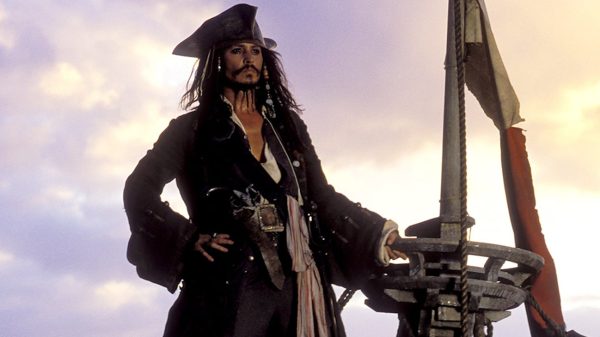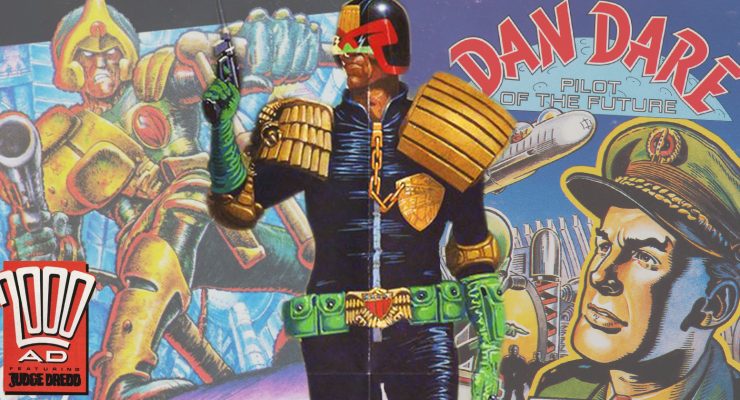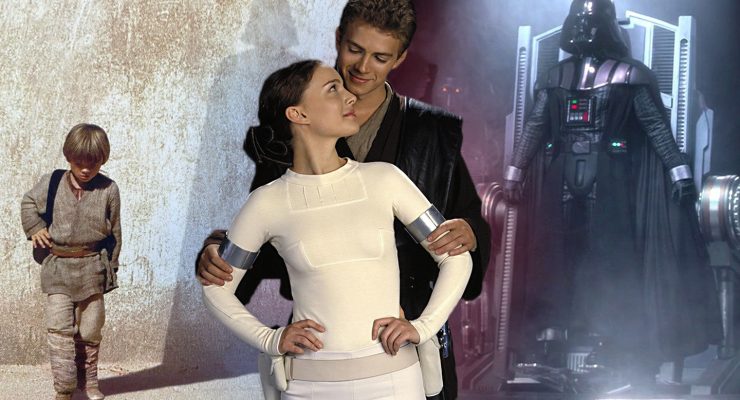Hasitha Fernando looks back at Pirates of the Caribbean: At World’s End at 15…
Somewhere in the early 2000s Walt Disney Studios had an ambitious plan of developing a feature length film based on one of their most popular theme park rides – Pirates of the Caribbean. To achieve their goal, they had producer turned scribe Jay Wolpert, who was working on an adaptation of The Count of Monte Cristo, have a crack at it. Wolpert’s first draft was based on a story created by Walt Disney executives Brigham Taylor, Michael Haynes and Josh Harmon. Screenwriter Stuart Beattie, whose previous credits were confined to Aussie family centric affairs, was next hired by Disney to produce a rewrite of Wolpert’s submission in March 2002. Beattie was known to be bit of a ‘pirate buff’ and his extensive knowledge on pirates and their misdeeds was the main reason why he was approached in the first place.
That same month Hollywood producer extraordinaire Jerry Bruckheimer boarded the project and he wasn’t too pleased with what was cooking. In an interview with the Los Angeles Times Bruckheimer expressed that he nearly even passed on the project since it was “a straight pirate movie” and had no clue what to do with the property. Nevertheless, he brought in Shrek and Mask of Zorro scribes Ted Elliot and Terry Rossio to add an edgier, supernatural spin to the proceedings and that’s when things started moving forward. In May 2002, Gore Verbinski signed on to direct the film and Johnny Depp was cast to play the eponymous Captain Jack Sparrow.
“I had pretty strong ideas about Jack, of what he would be and the ingredients that would go into the character. It was an opportunity to invent a different kind of pirate, one you hadn’t seen before,” said Depp during one of his interviews and how right he was. On June 28, 2003 Pirates of the Caribbean: The Curse of the Black Pearl opened to universal acclaim with critics and audiences alike showering praise on Depp’s scene stealing performance. The film not only catapulted Depp and his talented co-stars’ careers to the proverbial stratosphere, but also made a killing at the box office as well. So, it was somewhat of a no-brainer that Bruckheimer, Verbinski, Depp & company decided to follow-up their success with not just one but two sequels, to be produced back-to-back.
The original’s screenwriting duo, Elliot and Rossio, had their work cut out for them since they not only had to deliver scripts for both movies within a very narrow timeframe but also had to come up with a gigantic over-arching narrative that would be intertwined with one another, which expanded on the original’s outlandish mythos and established distinct character arcs for the story’s main players. For Dead Man’s Chest they settled on introducing Davy Jones, the Flying Dutchman and the Kraken whilst setting up the East India Trading Company to be the primary antagonist for the third installment. The Brethren Court, a real-life coalition of pirates, and the ‘heathen god’ Calypso rounded up the new concepts that would be seen At World’s End.
Elliot and Rossio intentionally delayed handing over a complete script to Verbinski and co. since they were afraid that they would compromise what they had written, “You don’t want to give them the script too early ‘cos then they make changes and stuff. But if you take your time and give it later, then they’d have to shoot what’s there. It’s for their own good really,” explained Terry Rossio during one of his behind-the-scenes interviews. Naturally this didn’t go over well with most of the crew, but Verbinski utilized this period of indecisiveness to extensively storyboard major action set pieces with conceptual artist James Byrkit, while Elliot and Rossio drafted a ‘preparatory’ script, which served as a stopgap for the crew until the proper script was completed.
The writers were so behind schedule that even the month prior to production on January 2005, they weren’t still done. This gave Disney execs cold feet who threatened to pull the plug on their massive production, which had a whopping US $450 million tied up with it, but changed their minds when Elliot and Rossio agreed to accompany the crew on location and tweak the script on-the-go, based on the performances. And thus, production At World’s End commenced simultaneously with Dead Man’s Chest on February 2005, taking up that entire year before resuming again in August 2006, once the latter film’s shooting wrapped. By the end of production At World’s End’s budget had ballooned to an enormous US $300 million, making it the most expensive movie production at the time.
Since the two movies were shot back-to-back there were no alterations among the cast and crew, with everyone in for the long haul. German uber-mensch Hans Zimmer returned to craft the sequel’s score, this time around adding a surprising layer of color through some well-placed ethnic instrumentation whilst indulging his usual Zimmer-isms. Even Verbinski contributed actively to the effort, playing a few psychedelic Ennio Morricone-esque guitar riffs during the parley sequence, and co-writing the haunting “Hoist the Colors” song alongside Zimmer. All in all, the score was a rollicking thrill ride that befit the swashbuckling fantasy epic being conceived. Polish cinematographer Dariusz Wolski who gave The Curse of the Black Pearl its characteristic moody aesthetic returned as DOP, while Academy award winning production designer Rick Heinrichs boarded the colossal production with the second installment of the series. Heinrichs worked round-the-clock to accomplish the daunting requirements of the films because unlike the first movie, the action set pieces featured in the sequels were far more elaborate, complex and bigger.
Filming on At World’s End concluded on December 12th, 2006 in Molokai and the first assembly cut ran over three hours. Post-production took up an additional five months of tedious work, with ILM and Digital Domain completing more than 1000 visual effects shots. The water-based effects and complicated character animations posed a considerable challenge to all visual effects artists involved in the project. “I felt it important that the third film was the end of an era – like a postmodern western where the railroad comes and the gunfighter is extinct. It seemed that we had an opportunity to look at a world where the legitimate has become corrupt, and there is no place for honest thieves in that society, so you have darker issues and a little melancholy. The myths are dying. That seemed like a great theme with which to finish the trilogy,” reflected Verbinski during an interview with SFX magazine.
Pirates of the Caribbean: At World’s End debuted in theaters on May 25th, 2007 taking in US $960.9 million worldwide and going on to become the highest grossing film of that year. The critical response to the swashbuckler, however, was a bit mixed, with complaints levelled mainly at its convoluted plot and the presence of too many characters. But many reviewers also praised its lavish production, compelling performances and high-octane entertainment value, all of which made for one helluva rollercoaster ride. Veteran film critic Richard Roeper summed up the movie best by saying, “Gore Verbinski and the stunt and special effects crew have created one of the most impressive blends of live-action and CGI wizardry ever put on film.”
At World’s End has its share of faults but there is no denying the sheer talent and craftsmanship that went into making it. It is simply put, the last (more than) decent film of the Pirates of the Caribbean franchise that we’ve had the honor of experiencing.
What are your thoughts on Pirates of the Caribbean: At World’s End? Let us know on our social channels @FlickeringMyth…
Hasitha Fernando is a part-time medical practitioner and full-time cinephile. Follow him on Twitter via @DoctorCinephile for regular updates on the world of entertainment.
















